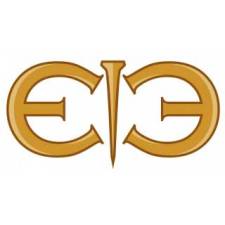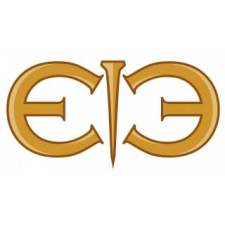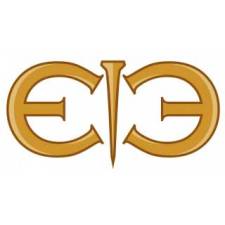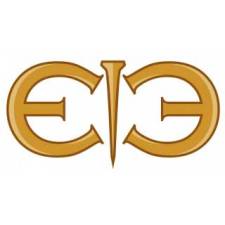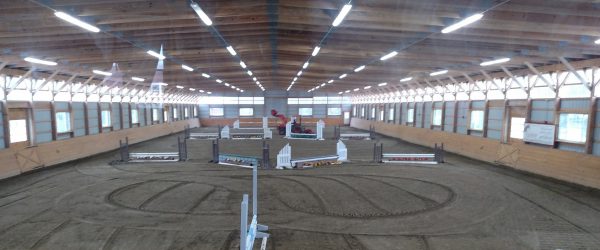
by Jessica Roberts
As the owner of a boarding farm, I am often the one who is setting up courses. When you’re putting a course together, a lot of variables are taken into consideration, such as the ring size and the number of jumps you have. Now that we’ve covered the basic guidelines for setting up a typical hunter course, we’re going take the hunter course that we built last time, adjust it a bit, and use it to build some “equitation” courses that can be practiced at home. Many times, I’ve seen smaller horse shows have a basic hunter course and use it, or slightly modify it to also be used for equitation classes.
Most shows will include at least two of the following parts to be built into an equitation course:
• Bending line
• Narrow jump
• Roll back turn
• End fence
• Long approach to a single
• Combination
Here, I’ll walk you through these different pieces:
A bending line is just that – it’s a set of two fences that are setup up so that the path between them has a bend in it. One can either “step out” and ride an outside track to add a stride – or they can “stay in” and ride an inside track for a more direct path. A lot of times the inside track has the rider jumping one or both of the fences at an angle to help with the direct line.
A narrow jump is a jump that is shorter than normal from side to side. The normal width of a jumps is 10 to 12 feet, but a narrow jump is 6 to 8 feet. Sometimes it’s all called a “skinny”.
A roll back turn involves jumping one fence and making a tighter-than-normal turn to jump another fence. Depending on how the fences are set up, a rider can choose to take a more conservative route and go around other jumps and obstacles, or when they are more skilled, they can make a slick inside turn, showing off that they can make a short turn and approach look very natural and not rushed.
An end fence is one that is setup on the short side of a ring. Some course designers will also make the end fence be a narrow jump – making it extra tricky.
A long approach to a single is just as it sounds. The rider will have a great distance to ride to a single fence. Many times, this will be the out of a line, where the course designer has you coming from the opposite end of the arena. Keeping the same pace and rhythm is key here. If it is the final fence, the rider needs to make sure the horse knows he isn’t yet done.
A combination is a set of fences that s two strides or less. A typical 3’+ two-stride combination will be set at 36 feet. It is normally marked by letters on a course. For example, 3a and 3b. At the highest level of equitation, you will sometimes find a “bounce,” which is no strides in between the jumps.
Just like hunter courses, don’t forget about doing an opening courtesy circle before the first jump and an ending closing circle at the end of a course. Sometimes there is a “dotted line”. The “dotted line” is indicated on the course paper, and on the course, usually by flowers or boxes on the ground to indicate where it is. The “dotted line” is a time saver and means that your opening circle cannot go over that line, or else you will be disqualified.
Also, don’t forget that as in a hunter course, the number of strides will matter. The rider will need to know the number of strides that are expected to be ridden in a line and hit that number. The exception, as discussed above, is the bending line, in which an inside or outside track can be followed.
Here a few example courses for inspiration:
An Equitation Course Made Out of a Hunter Course
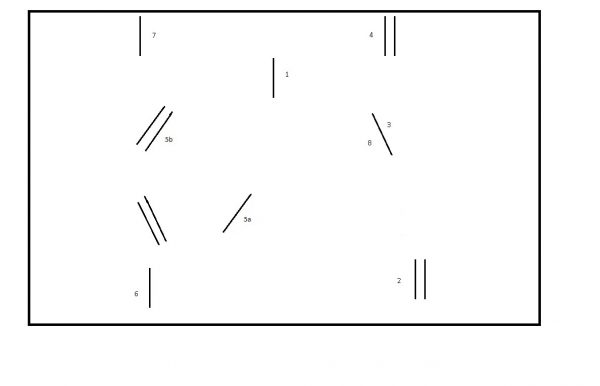
Practice Equitation Course for a Small Arena
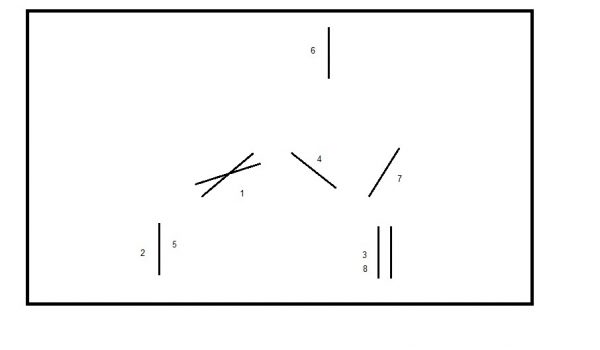
An Equitation course made out of a Hunter Course
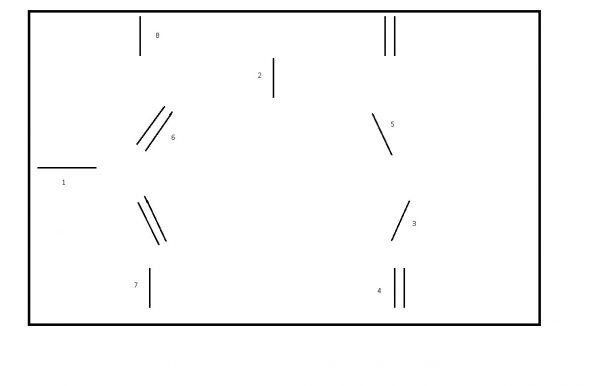
I hope that using these tips, you’ll be able to build equitation courses that you can practice at your farm so you can get your skills more solid at home and then show them off at a horse show!
Find out more about Hunter Jumpers in our section right here on EIE.
This article was originally published on SmartPak and is published here by permission.







